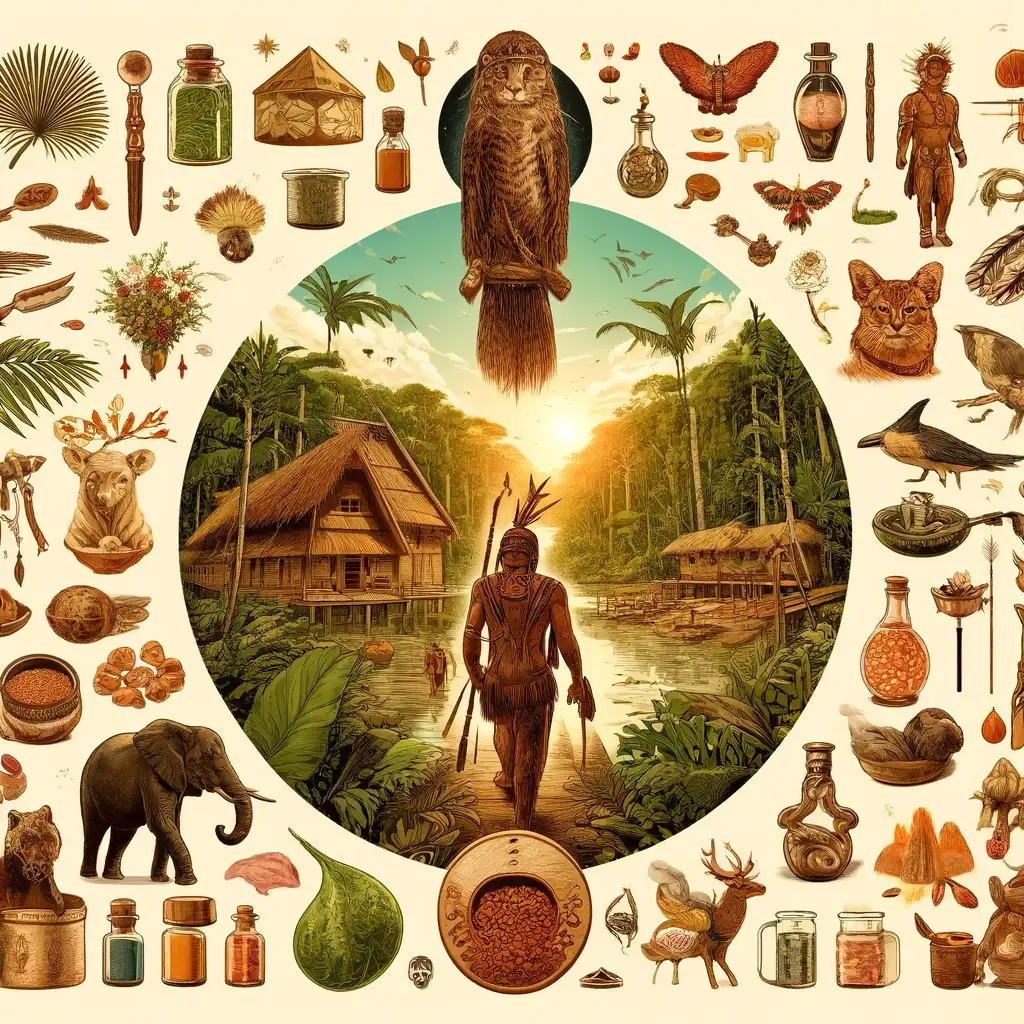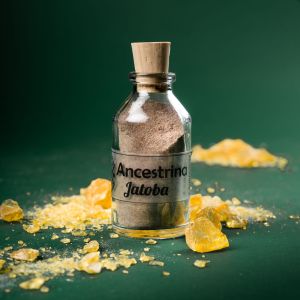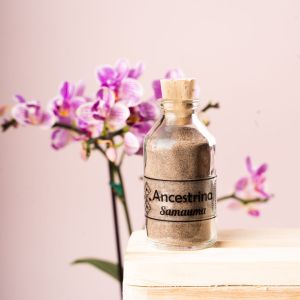A Resilient People
The Shawãdawa, also known as the Arara, are a tribe that inhabits the upper Jurua River basin in Acre, Brazil. This indigenous group has faced significant challenges since the last decades of the nineteenth century due to incursions and exploitation in the rubber boom. However, they have managed to preserve and revitalize their language and traditions despite these obstacles.
Territory and the Struggle for Rights
The Shawãdawa reside on four officially demarcated indigenous lands and continue to fight for the protection of their territory and the forest that houses the natural medicines essential to their culture. The defense of their land and rich biodiversity remains a central pillar of their identity and cultural survival.
The Importance of Sacred Medicines
The use of sacred medicines such as Rapé, known locally as Rupusuty, and Ayahuasca are fundamental in Shawãdawa life. These practices are not only acts of physical healing, but also deep explorations of ancestral teachings and spiritual strengthening.
Snuff Ritual
Rapé is used in learning and healing contexts, seen as a tool to strengthen the spirit and prepare individuals to be warriors in the forest, understanding traditional diets and the power of medicines.
Shamanic Practices and Rituals
In addition to Rapé, the Shawãdawa practice rituals such as ‘mariri', ‘frog injection' and ‘sinbu' (ayahuasca). These rituals are essential to maintain the cohesion of the group and strengthen its cultural identity.
Cultural Renaissance
Since the early 1990s, the Shawãdawa have worked hard to “rescue” their own language and revitalize their traditions. The elderly play a crucial role as “guardians of memory”, transmitting myths and knowledge to new generations.
Knowledge Transmission
Today, young people show a renewed interest in learning about the myths and rituals practiced by their ancestors, ensuring that the rich traditions of the Shawãdawa remain alive and relevant.
Explore more about your spiritual and ancestral well-being with Ancestrina. Visit our store to discover authentic products that connect you with ancestral traditions, or join our community to learn more and share your experiences. Your journey towards holistic well-being starts here! Click here to learn more and begin your journey with us.









